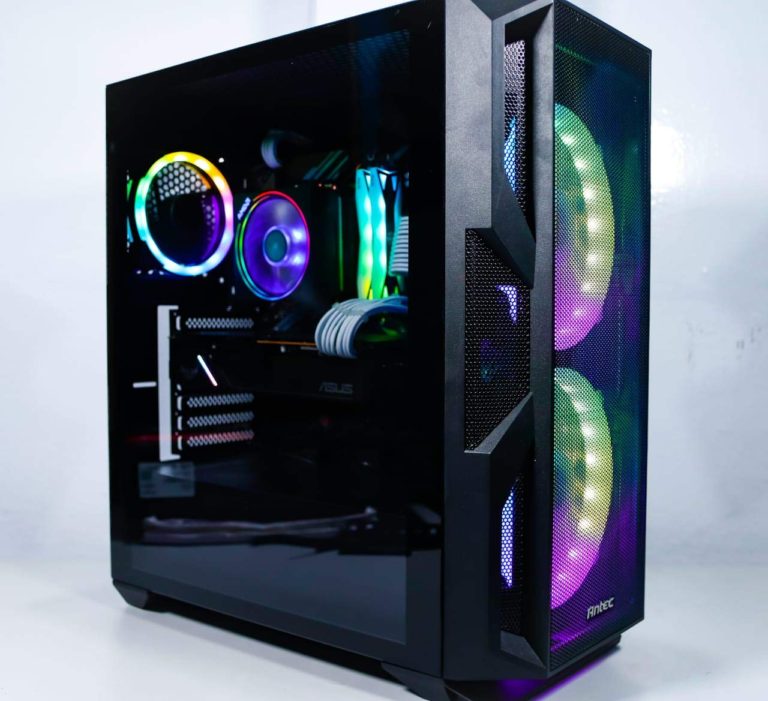

The total ranking of a product, represented by the bar length, is based on a weighted aggregate score.
Better user experience: Virtual desktops offer an intuitive user experience with easy access and collaboration from a centralized dashboard. Desktop virtualization enables organizations to deploy new virtual machines or add a new user whenever necessary. Scalability: Scaling up a regular company’s on-premises infrastructure is expensive and time-consuming. Therefore, productivity is increased regardless of where the workforce is operating from. Improved productivity: With a virtual desktop, employees can easily access enterprise computing resources from anywhere. It also simplifies collaboration and sharing for employees. Simpler administration: Virtual desktops make it easier for IT teams to manage the access and computing needs of employees. Since the desktop is managed from a central physical or cloud-based server, you can implement security controls that go across the entire controlled environment. Expanded security: Desktop virtualization works at a layer on top of the physical hardware. Virtualization also helps companies to expand their activities to keep a global workforce without compromising security or productivity. Business continuity: Virtual desktops help organizations stay in operation even when part of the workforce is remote. The benefits of virtual desktops include: Many companies are taking advantage of this flexibility by using desktop virtualization to connect remote employees in the field via tablets or smartphones. Since most virtual desktops are operating system agnostic, they can be configured to work with different operating systems - mobile or not - such as Windows, iOS, Android, or Linux. 
Usually employees will access a virtual desktop through desktop computers or laptops, but the flexibility of this technology allows companies to connect mobile devices with iOS or Android support as well. Users can access the virtual operating system, applications, and data using log-in credentials.

Virtual desktops infrastructures (VDI) can be hosted in virtual machines (VM) in a central server, or hosted in the cloud through a Desktop as a Service (DaaS) offering. This allows users to access their virtual desktops remotely using any connected endpoint device. What is a virtual desktop? A virtual desktop separates the desktop environment from the physical computer or device by using virtualization technology.







 0 kommentar(er)
0 kommentar(er)
